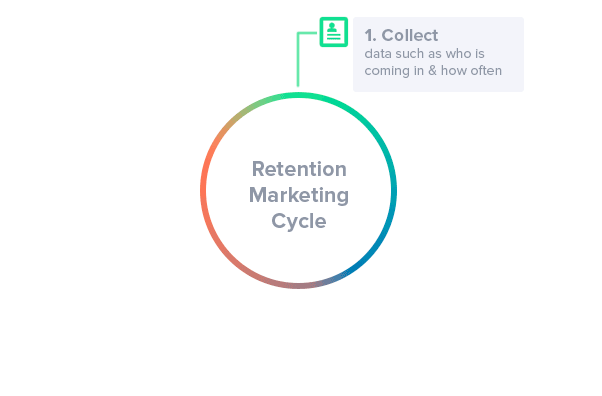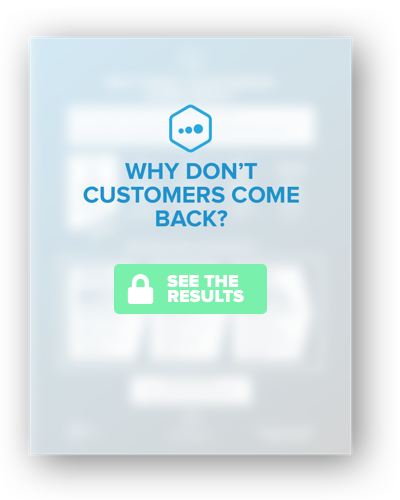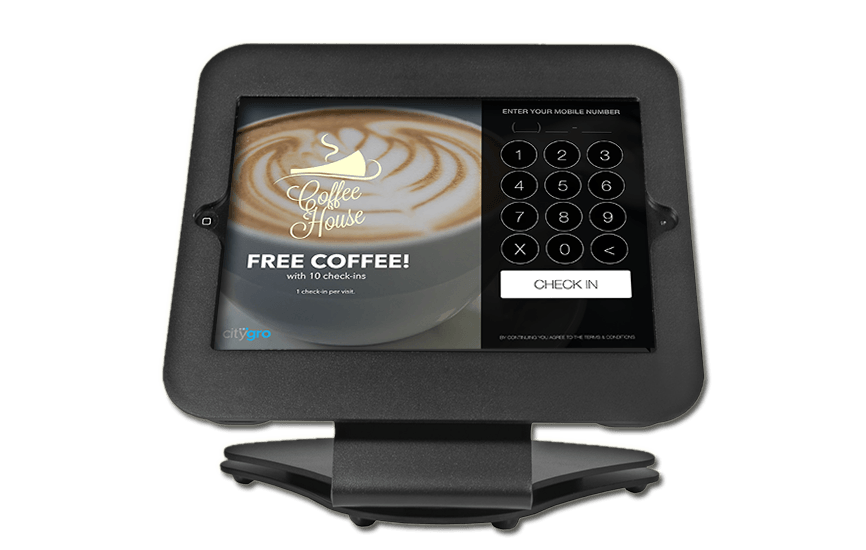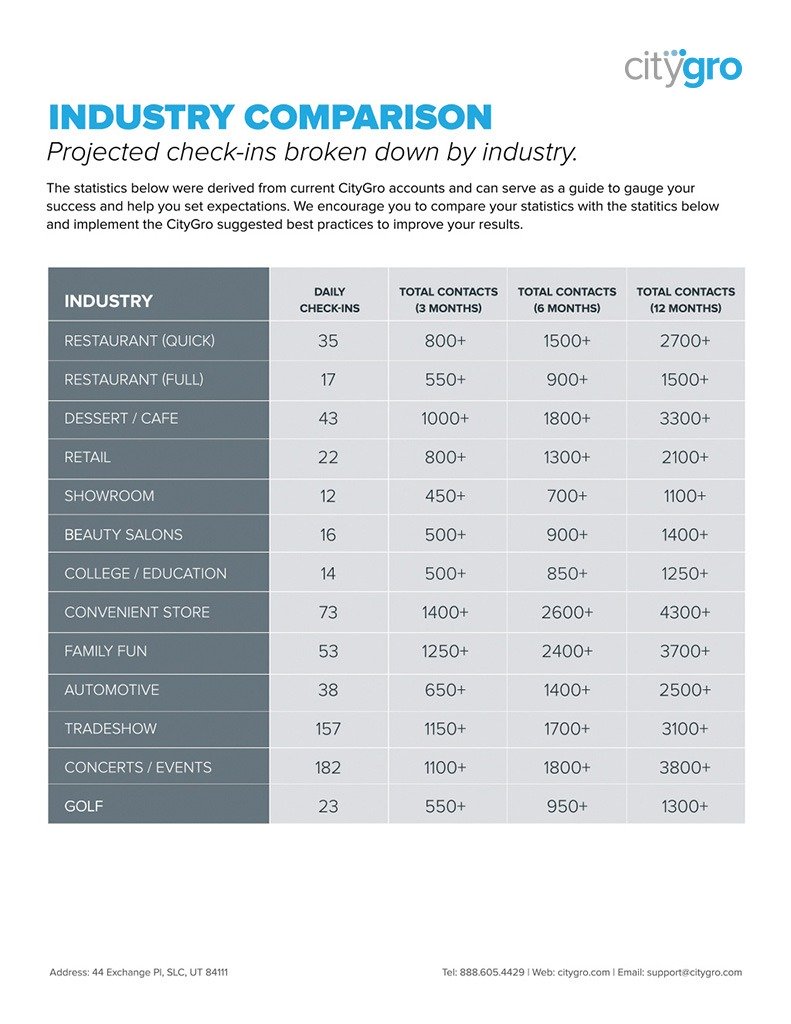Customer Retention v. Loyalty Marketing: What’s the difference?
Have you ever gotten off an airplane after a long flight with the terrible sensation that your shoes were going to burst at the seams? I have felt personally victimized by gravitational edema, where your body retains water after a long period of sitting. My body holds onto every molecule of H2O, resulting in fatter-than-usual feet. Water retention isn’t my favorite thing, but customer retention is another story. The two work similarly — a body works to fuel itself through customer retention just like water hydrates. The human body then maintains that level of hydration by filling the extremities’ cells with water, which can result in swollen feet, at times. Businesses who can mimic this similar retention strategy will feel the efforts of their acquisition keeping their customer database hydrated for much longer periods of time.
But what about loyalty? We’ve talked about customer loyalty for a long time — seven years, to be exact. Recently we decided to switch up the narrative and focus on a bigger picture: Customer Retention.
Customer Retention Marketing
CityGro isn’t moving away from creating customers who are as loyal as man’s best friend. In moving to a Retention Marketing Cycle, we’re looking to empower business owners with the tools they need to forge lasting relationships with people that are founded on a solid network of customer data. Rather than being the big picture, loyalty is now a critical piece of the puzzle that will play into the cycle that will keep customers coming back again and again.
Let’s start by talking about retention — what is it? I touched on why is it important for businesses above, but is it really essential? And finally, how can businesses implement a retention marketing strategy effectively? Let’s dive in.
1. What is retention marketing?
Countless hours and marketing dollars go into acquiring a single customer. From prospecting campaigns to retargeting initiatives — or in the language of small businesses, from TV commercials to in-store specials — it’s a high buy-in to convince a consumer why your business is the best!
What if I told you the customer lifetime cost was a steep, downward exponential curve? Meaning, once you pay the initial cost-of-entry, you can cut costs by using a snowball effect to bring those same customers in again and again.
In short, retention marketing is the shortcut to increasing return on investment by growing relationships with your customers. Here at CityGro, we have proven that this can be done through complex data tracking and simple communications [read: texts and emails].

Download Your FREE Roadmap to a Digital Loyalty Program that Will Drive Customers to Your Store

2. How important is customer retention and loyalty marketing?
Now that we know what retention marketing actually is, let’s have a look at the weight it should hold in a business model. Take a look at your business’ current Customer Acquisition Cost (CAC). You can simply find that by filling out the below:
(Money + time spent) / Number of customers acquired
That number is how much it costs your business to bring in one more customer during that set timeframe. Is it more than you expected? Less? Either way, it’s money coming out of your business — might as well make that dollar work for you! If you spend that amount for each customer that walks through your door, as long as they’re spending more than that cost, you get a green thumbs-up. If not, red thumbs-down. Either way, read on.
Anyone who has ever eaten a Lay’s potato chip knows that it just starts with one. After that initial chip, it’s all downhill and the momentum will take you to a salty-sore mouth. That same momentum works for customer behavior. Get them in the door once, make them happy, it’s slightly more likely they’ll come back. Up your odds by shooting them into something called the Retention Marketing Cycle (RMC). The RMC is the marketing version of post-flight fat feet. It’s the powerhouse that will help your business cut costs on the acquisition side, as well as increase profits as customer lifetime value (LTV) increases.
3. How can I implement these wonderful tips?
While it may seem like a complicated process, we’ve narrowed customer retention down to three simple steps: Collect, Track, Communicate. You collect the necessary information from the customers you’ve acquired, you track their behavior and communicate messages that are relevant through texts and emails.

These three steps have been compiled into a cycle, which will push your customers through the sales funnel time and time again — sans the high cost of acquisition. If we took anything from elementary school science, it’s that what goes around, comes around. From the precipitation cycle to metamorphosis, nature has a habit of forming cycles. Human nature and purchase patterns are no different, you just have to tap into those habits to form a similar pattern within your customers.







 Get this section from Jon. Get this section from Jon. Get this section from Jon. Get this section from Jon. Get this section from Jon. Get this section from Jon. Get this section from Jon. Get this section from Jon. Get this section from Jon.
Get this section from Jon. Get this section from Jon. Get this section from Jon. Get this section from Jon. Get this section from Jon. Get this section from Jon. Get this section from Jon. Get this section from Jon. Get this section from Jon.

